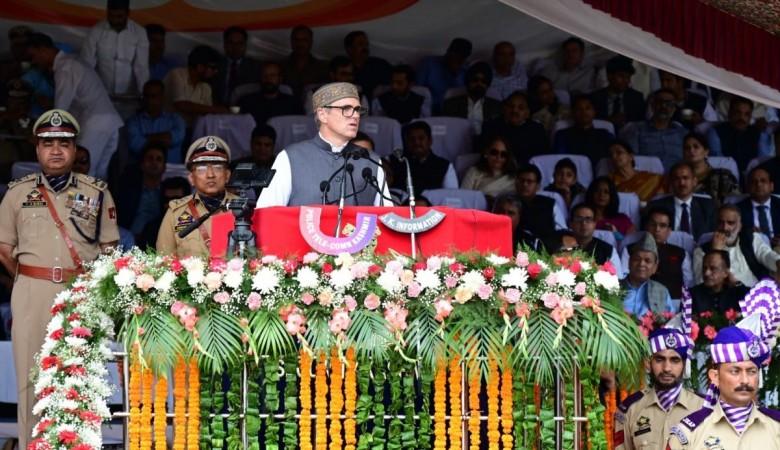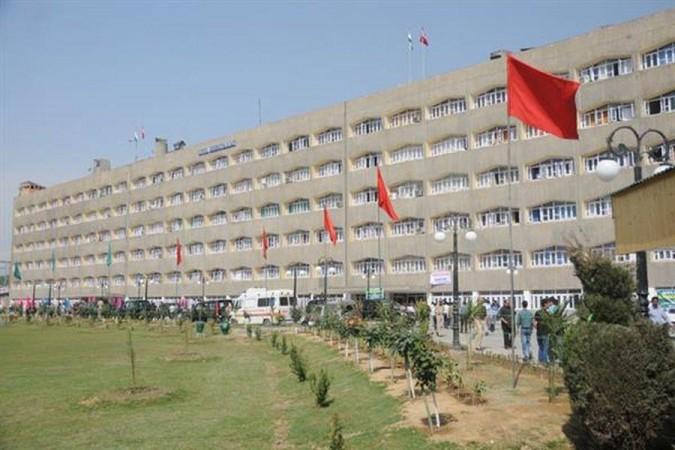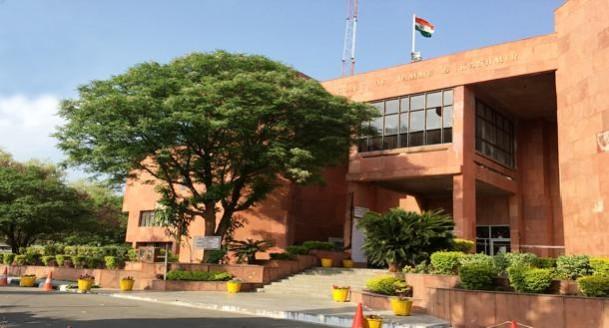
In a major policy decision, Jammu and Kashmir Chief Minister Omar Abdullah on Thursday announced the revival of the age-old "Darbar Move" after four years.
The practice of the Darbar Move—the biannual shifting of the capital and seat of government between Jammu and Srinagar—was discontinued by Lieutenant Governor Manoj Sinha in 2021 after the complete digitization of official files.
"The Cabinet has given its nod for the revival of the Darbar Move," Chief Minister Omar Abdullah told media persons in Jammu during a press conference held to mark the completion of one year of his government.
The Chief Minister said the proposal regarding the revival of the Darbar Move had been sent to Lieutenant Governor Manoj Sinha, who subsequently approved it. The Omar Abdullah Cabinet had earlier recommended the restoration of the Darbar Move in September this year.
The revival of the Darbar Move was a key promise in the National Conference's election manifesto. Traders from both Jammu and Kashmir had also been demanding its restoration, citing the economic and social benefits associated with the centuries-old practice.
Proponents argue that the Darbar Move enables the J&K government to maintain its presence in both capitals, ensuring governance remains responsive to the needs of people in both regions.

Darbar Move Was Halted in April 2021
The General Administration Department (GAD) of J&K had issued a circular on April 5, 2021, announcing that there would be no physical movement of files during the Darbar Move. The decision was aimed at minimizing the financial burden of the annual practice on the state exchequer.
For the first time in the history of the Darbar Move, it was decided that only 10 trucks would be used — and that too, exclusively for shifting highly sensitive and confidential files. All other records were digitized under the e-Office system, making them accessible at both Jammu and Srinagar offices simultaneously.

Defending the decision to discontinue the practice, the government in 2021 maintained that switching to e-Office and e-files had eliminated the need to transport truckloads of documents from one capital to another. The move facilitated the simultaneous functioning of civil secretariats in both Jammu and Srinagar, making the system faster, more transparent, and cost-effective, while saving substantial public funds.
"The cash-starved J&K government used to spend nearly ₹200 crore annually on the Darbar Move, hiring hundreds of trucks to carry files between the two capitals," the authorities had stated while justifying the suspension of the practice.
Darbar Move Dates Back to 1872
The practice of the Darbar Move began in 1872, introduced by Maharaja Ranbir Singh, the second Dogra ruler of the erstwhile princely state of Jammu and Kashmir. The move was initiated to escape Jammu's scorching summer heat and Srinagar's harsh winter cold.
After independence, successive elected governments continued the tradition to ensure that people in both regions had periodic access to the seat of power in the erstwhile state.
High Court Questioned Continuation of the Practice

In a landmark ruling on May 5, 2020, the J&K High Court directed the Union Ministry of Home Affairs to take a call on the continuation of the biannual Darbar Move.
The court observed that the practice resulted in a waste of time, effort, and public resources, describing it as an inefficient and unnecessary exercise. It noted that valuable funds could not be diverted to non-essential activities when the Union Territory was struggling to provide even basic necessities to its citizens.








